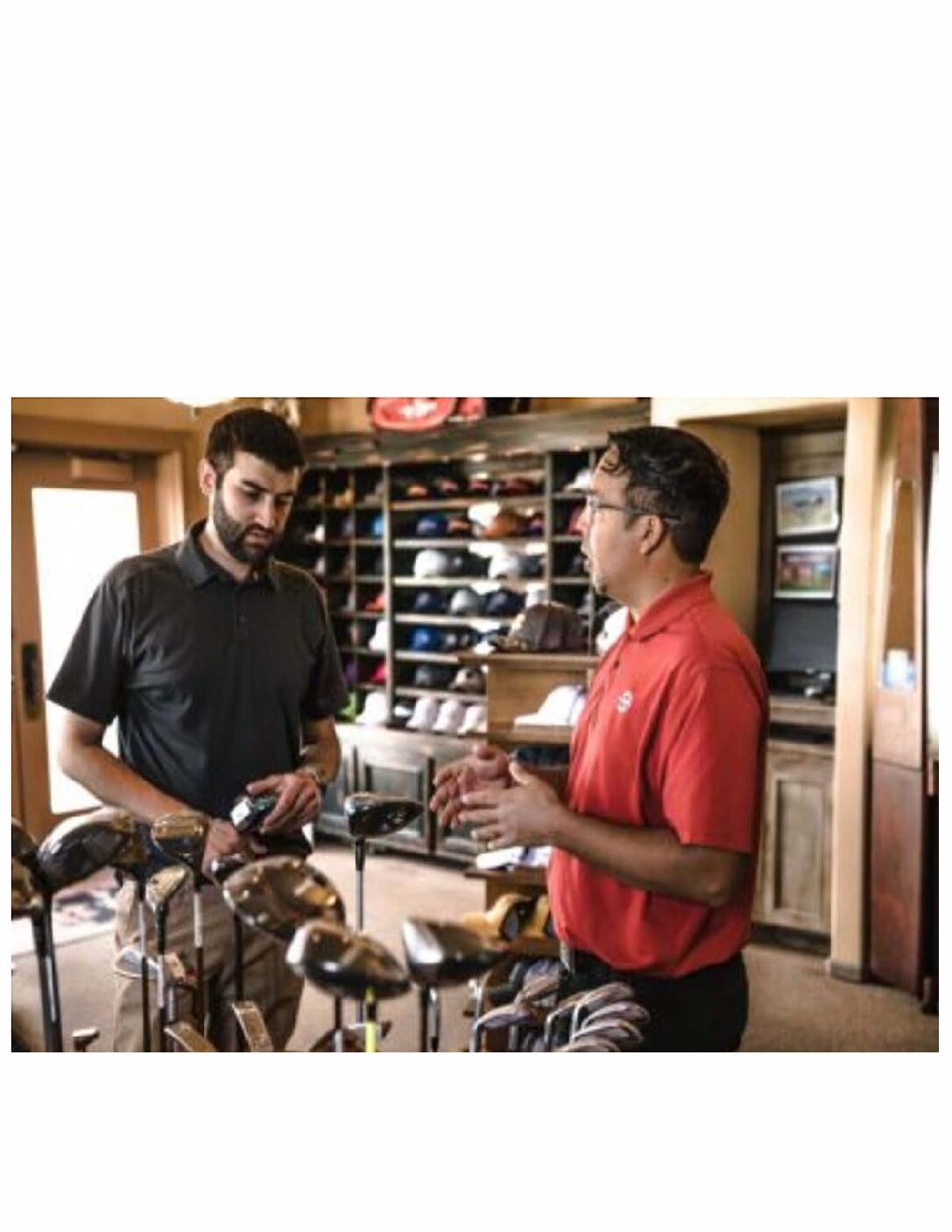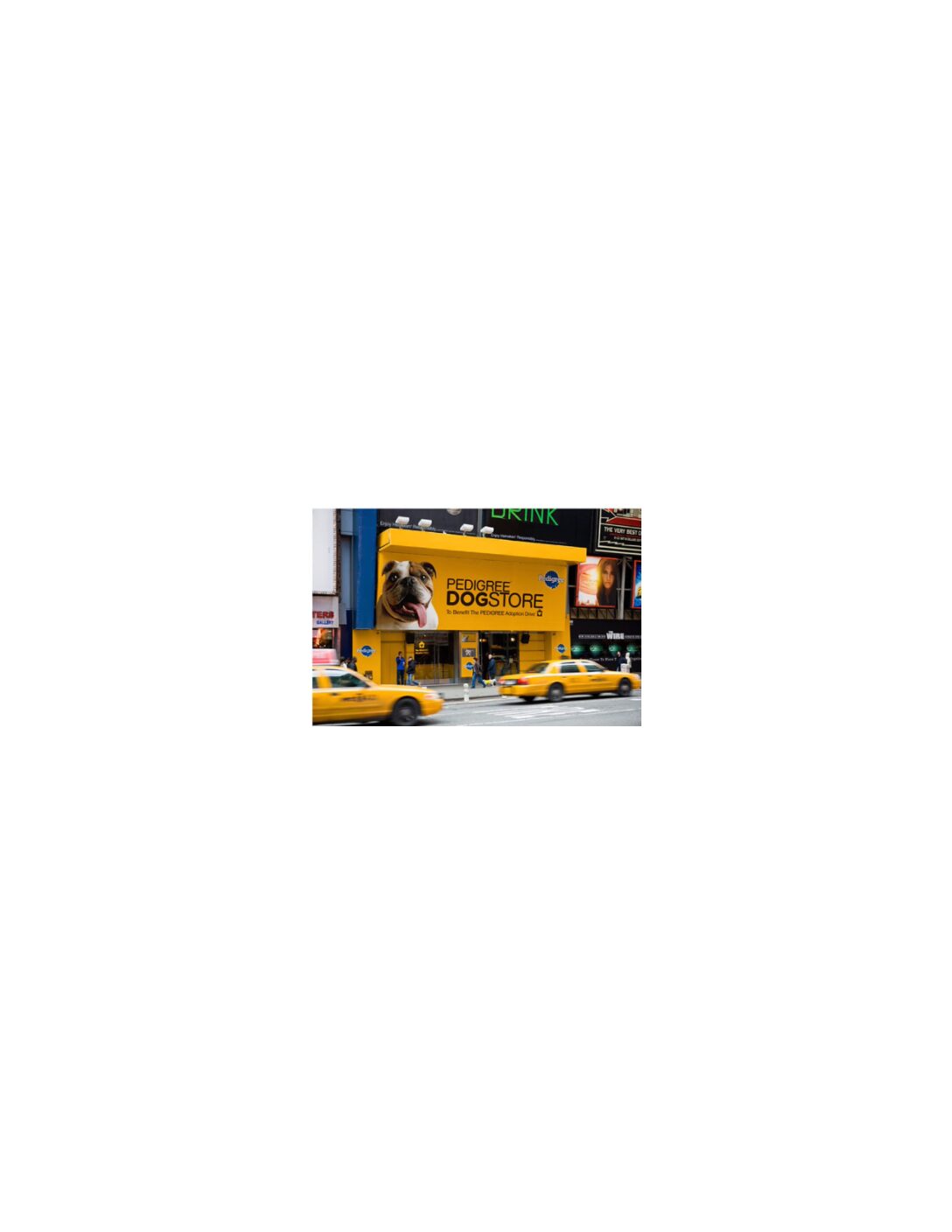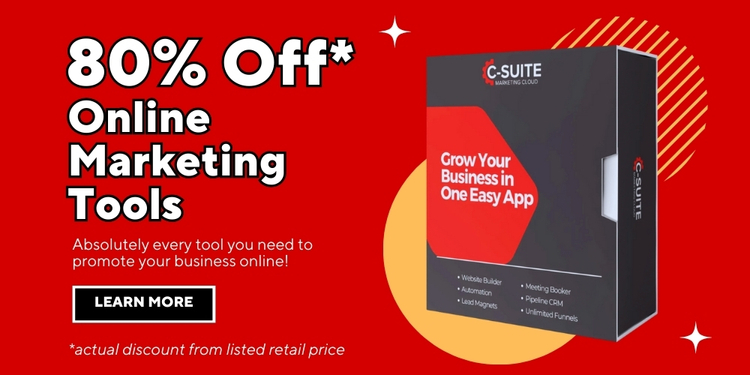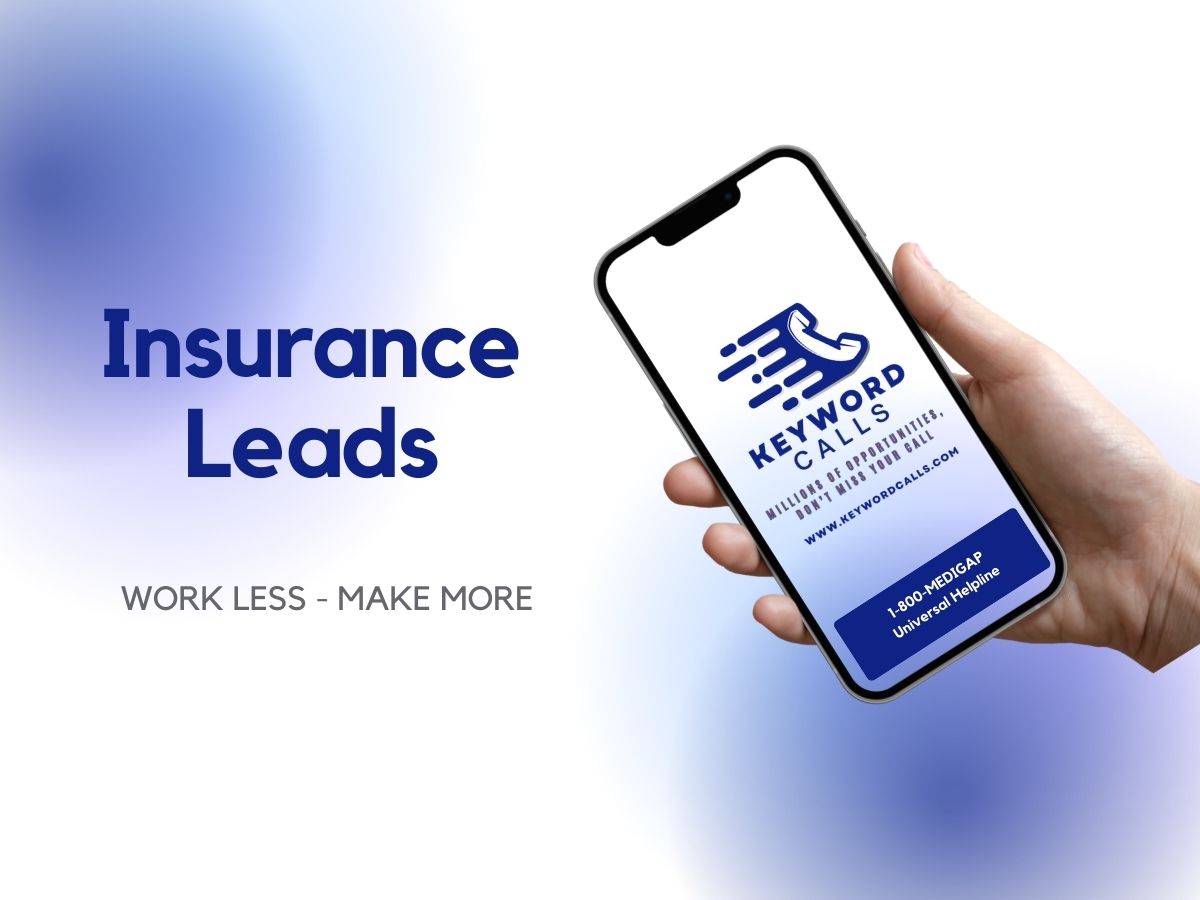
Next Level Experiential Marketing
Gone are the days when simply renting a booth or displaying a banner at an event was the way to attract consumers to your brand. The most successful marketing strategies today immerse prospects in a brand, engaging them before, during and after events.
The key to a successful experiential marketing campaign is creating memorable, authentic, emotional connections to your brand.
Surprising and delighting your target audience creates a lasting impact, which is often shared with audience members’ social networks — word-of-mouth is by far the most effective influence on buying behavior.
Experiential marketing allows brands to differentiate themselves from their competitors not only in products or services, but in consumer experiences.
The ROI on experiential marketing is proving to be significant for many brands, not just on events themselves, but in the resulting long-term sales.
- By directly engaging with your products, consumers form an emotional connection to your brand. Consumers feel like “this brand understands my needs.”
- Experiential marketing is the space where brands and products become embedded in the hearts and minds of consumers.
- We offer a variety of Activation Options to provide opportunities for your consumers to connect with your products and services.
Different Types Of Experiential Marketing
Certainly! Here’s a chart listing different types of experiential marketing along with brief descriptions of each:
| Type of Experiential Marketing | Description |
|---|---|
| Event Marketing | Hosting live events or experiences, such as product launches, trade shows, or pop-up shops, to engage with the target audience in a physical setting. |
| In-Store Experiences | Creating immersive experiences within retail stores to enhance customer engagement and encourage in-person shopping. Examples include interactive displays and product demos. |
| Sampling Campaigns | Distributing product samples to allow consumers to try before they buy, often at high-traffic locations or events. |
| Guerrilla Marketing | Unconventional and attention-grabbing marketing tactics, often in unexpected public spaces, designed to create buzz and provoke a memorable response. |
| Brand Activations | Interactive and engaging brand-specific activities or installations at events, festivals, or high-traffic locations to create brand awareness and connections. |
| Experiential Advertising | Incorporating interactive elements or immersive experiences within traditional advertising formats, such as billboards or online ads. |
| Interactive Installations | Creating physical or digital installations that encourage participation and interaction, often using technology, art, or multimedia. |
| Immersive Virtual Reality | Offering virtual reality experiences that transport users into a branded world or scenario, providing a memorable and immersive interaction. |
| Mobile Tours | Traveling campaigns that take branded experiences on the road, visiting multiple locations to engage with diverse audiences. |
| Product Demos and Workshops | Hosting hands-on workshops, training sessions, or product demonstrations that allow consumers to engage directly with products or services. |
| Sensory Marketing | Utilizing the senses (sight, sound, smell, taste, touch) to create emotional connections with consumers, often through sensory-rich environments. |
| Cause Marketing Activations | Aligning the brand with social or environmental causes and organizing events or initiatives to raise awareness and support for those causes. |
| Participatory Experiences | Encouraging consumers to actively participate in creating content or shaping the brand’s narrative, often through user-generated content campaigns. |
These are just a few examples of the diverse range of experiential marketing strategies that brands can use to engage with their target audiences in memorable and interactive ways. Depending on the brand’s goals and target demographic, one or more of these approaches may be suitable for a marketing campaign.
Trending Out Of Home Marketing Experiences for your brand
different types of experiential marketing along with brief descriptions of each:
| Type of Experiential Marketing | Description |
|---|---|
| Event Marketing | Hosting live events or experiences, such as product launches, trade shows, or pop-up shops, to engage with the target audience in a physical setting. |
| In-Store Experiences | Creating immersive experiences within retail stores to enhance customer engagement and encourage in-person shopping. Examples include interactive displays and product demos. |
| Sampling Campaigns | Distributing product samples to allow consumers to try before they buy, often at high-traffic locations or events. |
| Guerrilla Marketing | Unconventional and attention-grabbing marketing tactics, often in unexpected public spaces, designed to create buzz and provoke a memorable response. |
| Brand Activations | Interactive and engaging brand-specific activities or installations at events, festivals, or high-traffic locations to create brand awareness and connections. |
| Experiential Advertising | Incorporating interactive elements or immersive experiences within traditional advertising formats, such as billboards or online ads. |
| Interactive Installations | Creating physical or digital installations that encourage participation and interaction, often using technology, art, or multimedia. |
| Immersive Virtual Reality | Offering virtual reality experiences that transport users into a branded world or scenario, providing a memorable and immersive interaction. |
| Mobile Tours | Traveling campaigns that take branded experiences on the road, visiting multiple locations to engage with diverse audiences. |
| Product Demos and Workshops | Hosting hands-on workshops, training sessions, or product demonstrations that allow consumers to engage directly with products or services. |
| Sensory Marketing | Utilizing the senses (sight, sound, smell, taste, touch) to create emotional connections with consumers, often through sensory-rich environments. |
| Cause Marketing Activations | Aligning the brand with social or environmental causes and organizing events or initiatives to raise awareness and support for those causes. |
| Participatory Experiences | Encouraging consumers to actively participate in creating content or shaping the brand’s narrative, often through user-generated content campaigns. |
These are just a few examples of the diverse range of experiential marketing strategies that brands can use to engage with their target audiences in memorable and interactive ways. Depending on the brand’s goals and target demographic, one or more of these approaches may be suitable for a marketing campaign.
Make the most out of your OOH budget, and optimize the experience with an operational expert!
Hiring an Expert to manage and operate your Brand Experience
Hiring an experiential marketing operations and logistics company can offer several benefits to businesses that are planning or executing experiential marketing campaigns. Experiential marketing focuses on creating immersive and memorable brand experiences for consumers. Here are some reasons why you might consider hiring such a company: (It is like hiring an On-Demand Fractional Chief Marketing Officer just for your experience)
- Expertise and Experience: Experiential marketing operations and logistics companies specialize in creating and executing unique marketing experiences. They have the expertise and experience to design and manage successful campaigns. Get.Price & Cost Quote
- Creative Concept Development: These companies can help you brainstorm creative and innovative ideas for your experiential marketing campaigns. They can take your vision and turn it into a compelling and engaging experience.
- Logistics Management: Experiential marketing often involves complex logistics, including event planning, venue selection, transportation, and on-site setup. A dedicated company can handle all these logistics efficiently.
- Resource Management: They can help you allocate the necessary resources, including staff, materials, and technology, to ensure the event runs smoothly.
- Cost Efficiency: By leveraging their industry connections and experience, these companies can often negotiate better rates for venues, equipment, and services, potentially saving you money.
- Risk Management: They are skilled at identifying and mitigating potential risks associated with experiential marketing events. This can help prevent issues and ensure the safety of participants.
- Execution Excellence: These companies excel in executing complex marketing campaigns flawlessly. They can manage all the moving parts to deliver a seamless experience for your audience.
- Measurement and Analytics: They can provide data and analytics to measure the success of your experiential marketing campaigns. This data can be valuable for assessing ROI and making improvements for future campaigns.
- Time Savings: Planning and executing experiential marketing events can be time-consuming. By outsourcing this work, you can focus on other core business activities.
- Scalability: Experiential marketing companies can adapt to the scale of your campaign, whether it’s a small local event or a large national promotion.
- Access to Technology: They have access to cutting-edge technology and tools that can enhance the impact of your marketing events, such as augmented reality experiences or interactive installations.
- Global Reach: If you’re planning events in multiple locations or even internationally, these companies can help coordinate and manage campaigns across various regions.
- Creative Production: They can assist with the design and production of marketing materials, signage, and branded elements needed for the event.
- Compliance and Permits: Handling legal and regulatory requirements, such as permits and licenses, is an important aspect of experiential marketing, and these companies are well-versed in compliance.
- Post-Event Analysis: After the event, they can conduct post-event analysis to gather feedback, assess the impact, and identify areas for improvement.
In summary, hiring an experiential marketing operations and logistics company can streamline the process, enhance creativity, reduce risk, and ultimately increase the effectiveness of your experiential marketing campaigns. It allows you to leverage the expertise of professionals who specialize in creating memorable brand experiences.
Hiring Checklist
Hiring an experiential marketing operations and logistics company is a significant decision that requires careful consideration. To ensure you select the right partner for your experiential marketing campaign, use the following checklist:
- Define Your Objectives:
- Clearly outline your goals and objectives for the experiential marketing campaign.
- Determine the target audience and the desired impact of the campaign.
- Experience and Expertise:
- Assess the company’s experience in experiential marketing and logistics.
- Inquire about their expertise in handling campaigns similar to yours.
- References and Portfolio:
- Request references from past clients who have executed experiential marketing campaigns with the company.
- Review their portfolio of past projects to gauge the quality of their work.
- Creative Capabilities:
- Evaluate the company’s creative capabilities and their ability to design unique and engaging experiences.
- Ask for examples of creative concepts they have developed.
- Logistics Management:
- Inquire about their expertise in managing logistics for events, including venue selection, transportation, and on-site setup.
- Verify their ability to handle complex logistics efficiently.
- Resource Allocation:
- Discuss how they allocate resources, including staff, equipment, and materials, to ensure the campaign’s success.
- Ensure they have access to the necessary resources and partnerships.
- Budget and Cost Transparency:
- Clarify the budget for the campaign and ask for a detailed cost breakdown.
- Ensure that the company is transparent about pricing and any potential additional costs.
- Timeline and Milestones:
- Define a timeline for the campaign and establish specific milestones.
- Verify that the company can meet your desired timeline for campaign execution.
- Risk Management:
- Discuss their approach to identifying and mitigating risks associated with experiential marketing events.
- Ensure they have contingency plans in place.
- Measurement and Analytics:
- Inquire about their ability to provide data and analytics to measure the success of the campaign.
- Discuss the key performance indicators (KPIs) they will use to assess ROI.
- Technology and Innovation:
- Assess their access to and knowledge of cutting-edge technology and tools that can enhance the campaign’s impact.
- Discuss any innovative ideas or technology-driven experiences they can offer.
- Legal and Compliance:
- Ensure that the company is well-versed in legal and regulatory requirements, such as permits, licenses, and safety regulations.
- Confirm their ability to handle compliance issues.
- Global Reach:
- If your campaign spans multiple locations or regions, discuss their experience in coordinating and managing campaigns on a national or international scale.
- Communication and Collaboration:
- Evaluate their communication style and ability to collaborate effectively with your team and stakeholders.
- Ensure they provide regular updates on the campaign’s progress.
- References and Background Checks:
- Conduct background checks on the company to verify their reputation, financial stability, and history.
- Contract and Legal Considerations:
- Review the contract thoroughly, including terms, deliverables, and termination clauses.
- Ensure that the contract covers confidentiality, intellectual property rights, and dispute resolution.
- Exit Strategy:
- Define an exit strategy in case the partnership does not meet your expectations or needs to be terminated.
- Post-Campaign Evaluation:
- Discuss how they will conduct post-campaign analysis, gather feedback, and provide insights for future improvements.
By using this checklist, you can make a well-informed decision when hiring an experiential marketing operations and logistics company that aligns with your campaign objectives and ensures a successful execution of your marketing initiatives.
Execution and operations is key, you don’t get a “DO OVER” while in the experience!
HIRE AN EXPERT!
Executing experiential marketing effectively is crucial for brands to maximize the impact of their budget and build strong connections with their target audience. Here are 25 reasons why the execution of experiential marketing is important for your brand:
- Emotional Connection: Experiential marketing allows brands to create emotional connections with consumers, making them more likely to remember and engage with the brand.
- Brand Loyalty: Memorable experiences lead to increased brand loyalty, encouraging repeat purchases and long-term customer relationships.
- Word of Mouth: Positive experiential marketing experiences can lead to word-of-mouth recommendations, expanding your brand’s reach.
- Tangible Engagement: It provides tangible and interactive opportunities for consumers to engage with your products or services.
- Differentiation: It helps your brand stand out in a crowded marketplace by offering unique and memorable experiences.
- Storytelling: Experiential marketing provides a platform for storytelling, enabling you to convey your brand’s narrative effectively.
- Audience Understanding: It allows you to better understand your target audience by observing their reactions and preferences firsthand.
- Data Collection: Brands can collect valuable data and feedback from experiential events to inform future marketing strategies.
- Immediate Feedback: Real-time feedback from participants helps identify areas for improvement and adjustments during the event.
- Content Generation: User-generated content generated during experiential events can be leveraged for ongoing marketing campaigns.
- PR Opportunities: Successful experiential marketing events often attract media attention and can generate positive PR coverage.
- Lead Generation: It can serve as a lead generation tool, capturing contact information from interested participants.
- Product Testing: Brands can use experiential events to test new products or gather insights into consumer preferences.
- Influencer Partnerships: Collaborating with influencers during experiential campaigns can amplify your reach and credibility.
- Networking: Experiential events provide networking opportunities with industry peers and potential partners.
- Sales Opportunities: Engaging experiences can directly lead to increased sales and conversions.
- Brand Authenticity: Authentic and genuine interactions enhance brand authenticity and trustworthiness.
- Brand Recall: Memorable experiences are more likely to be recalled when consumers make purchase decisions.
- Targeted Messaging: Experiential marketing allows for precise targeting of specific demographics and niches.
- Competitive Advantage: It provides a competitive edge by showcasing your brand’s commitment to customer engagement.
- Cultural Relevance: Brands can align with current trends, issues, or cultural moments through experiential marketing.
- Long-Term Impact: Positive memories from experiential events can have a lasting impact on brand perception.
- Enhanced Engagement Metrics: Experiential marketing often results in higher engagement metrics compared to traditional advertising.
- Educational Opportunities: Brands can use experiential events to educate consumers about complex products or services.
- Maximizing ROI: When executed efficiently, experiential marketing can offer a high return on investment (ROI) by converting attendees into loyal customers.
Overall, effective execution of experiential marketing initiatives can help brands make the most out of their budget by fostering meaningful connections, increasing brand awareness, and driving customer loyalty.








